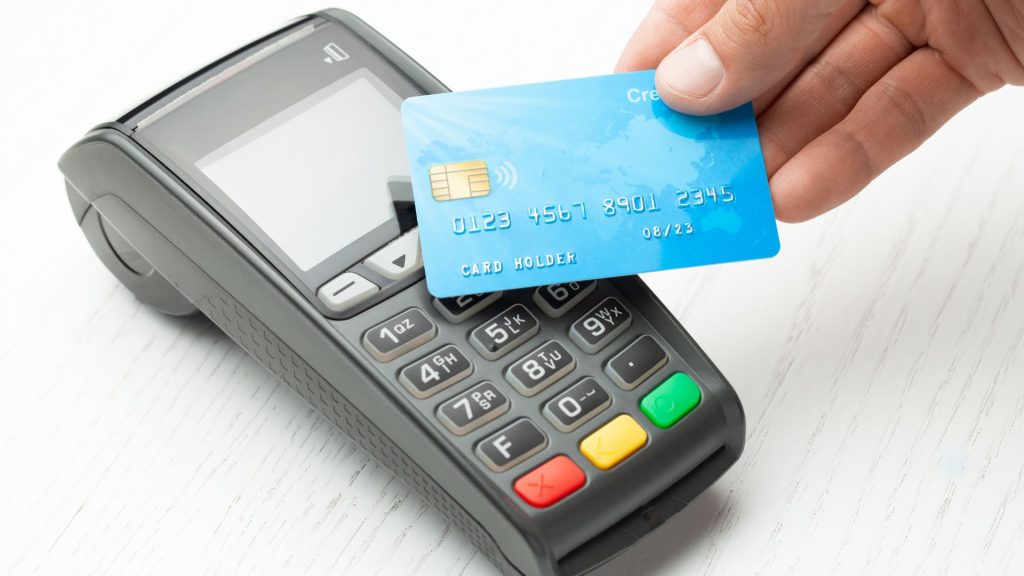Payment methods in international trade have evolved significantly with the advent of technology and changing global dynamics. These methods range from traditional methods like Letters of Credit and documentary collections to more modern approaches such as electronic transfers and digital payment platforms.
As businesses expand their global reach, understanding and selecting the right payment method becomes crucial to ensure security, timely transactions, and to mitigate risks associated with currency fluctuations and geopolitical factors.
International trade involves a range of risks for the parties involved, which leads to uncertainty over the timing of payments between the exporter and importer. This creates tension along the supply chain, which can negatively affect the importer and exporter.
Trade financing has adapted to address this tension while supporting the global marketplace’s growth. As such, there are five methods of payment for international transactions. These are ranked in terms of preference for the importer or exporter.
The least preferable method for the importer is usually cash in advance, as they must pay the exporter ahead of receiving the goods; however, this is the preferable method for the exporter.
Payment Methods in International Trade
Contributors noted open account and documentary collections as the most prominent in their TBML analysis and investigation activities. The Wolfsberg Group noted approximately 80% of the international trade that financial institutions process is open account trading. As this overview does not reference other types of trade finance, this does not mean they are not exploited in TBML.
Nevertheless, as a method for systematically disguising the proceeds of crime, an importer routinely paying cash in advance is likely to arouse the suspicion of authorities or financial institutions.
Open Account Transaction
Open account transaction is a sale where the goods are shipped and delivered before payment is due.
The payment is usually made within a set time, between 30 and 90 days, after the receipt of the good or service. This creates a disconnection between the movement of the underlying trade and the money used to finance it.
Advantages: Open Account transactions favor the importer in terms of cash flow and risk mitigation. For exporters this payment method can make their products more competitive and may allow them to charge more for their goods.
Disadvantages: Exporters face a high risk of non-payment. They should always examine the risk level of a transaction. To minimize the risk they can use trade finance techniques, e.g., export credit insurance or invoice factoring.
Risks: TBML schemes frequently involve this method because Financial Institutions have a reduced role, meaning less oversight than the documentary collection process. Financial institutions may struggle to consistently assess the customer’s operations’ legitimacy. The disconnect between the movement of the underlying trade and the money used to finance it is exploited by criminals, such as terrorist financiers, using specific loopholes in a compartmentalized fashion, mitigating their risk exposure.
The complexity may be added by using third-party intermediaries in multiple jurisdictions to frustrate law enforcement detection and disruption. Open account trading is a fundamental part of the global trading process. Therefore, the potentially easy answer of increasing regulation of open account trading is not logistically or economically viable.
Highlighting existing and newer initiatives may increase opportunities to spot ML or TF exploitation setting out compliance procedures for open account trading and need to be understood and applied by financial institutions for TBML detection.
Documentary Collections Transaction
Through documentary collection the exporter receives the payment from the importer in exchange for the export documents. The exporter entrusts the collection of payment to the exporter’s bank that sends the export documents to the importer’s bank along with instructions for payment.
The importer’s bank hands over the export documents to the importer only against payment of the purchase price. The importer’s bank then transfers the payment to the exporter’s bank. Although documentary collections are less expensive, they are less common than other forms of export transactions because they are riskier.
There is no verification process and limited recourse in the case of non-payment. They are only used between parties that have developed trust or are located in countries with an effective legal systems and contract enforcement.
Advantages: The importer is not obliged to pay for goods before export. There is also bank assistance in obtaining the payment. Furthermore, it is a simple, fast and less costly transaction process.
Disadvantages: Banks do not guarantee payment and also don’t verify the accuracy of documents.
Risks: The documents are not standardized, increasing the risk of TBML exploitation through fictitious or false invoicing. However, when these documents can be checked and assured, certain data points can be used to spot TBML, including:
Use of a personal email address instead of a legitimate business email.
Subject to a financial institution’s data storage capabilities, the obvious recycling of previous documentation with few or no edits, including something as basic as the date.
The complete lack of any trading presence of the exporter, following research by the financial institutions. This includes using residential rather than business premises for exporters providing significant quantities of goods.
Final Thoughts
In the intricate web of international trade, the dynamic between risk and security remains pivotal. Trade financing methods, specifically open account and documentary collections transactions, serve as major avenues for facilitating global commerce. Open account transactions, while favoring the importer, can expose the exporter to risks, especially given its predilection for being exploited in Trade-Based Money Laundering (TBML) schemes. Its structure offers criminals a less scrutinized medium for illicit financial flows, and the proposed increase in regulation might not be feasible given the method’s ubiquity in global trade.
Documentary collections, on the other hand, present a less risky avenue for exporters by leveraging bank involvement in the payment process, albeit without guaranteed security. The lack of standardized documentation, however, offers a potential pitfall for TBML activities. For financial institutions to effectively combat TBML in these transactions, understanding and incorporating compliance measures—both old and new—is imperative.




